21 May 2014
In the world of contemporary design there is a paradoxical belief, as absurd as it is widely held, that industrial design is exempt from reflections of a conceptual nature. As if there were a divide between the realization of ideas as objects made in limited and often self-produced runs and the design of a product intended for a real market, where form and function have no relationship with message and content. If this were so—and it is not—Konstantin Grcic would represent a happy exception. His deviation from the stereotype of the industrial designer has been demonstrated on many occasions through exhibitions of which he has been the deviser, curator and organizer. This time his critical insight, free from preconceptions, has found expression in a solo exhibition at the Vitra Design Museum that Grcic has curated and mounted personally. A sort of autobiography of his thinking. The title is programmatic, Panorama, and invites us to immerse ourselves in his world. In traditional panoramas and dioramas the staging was used to get the public to experience an emotion when presented with an unusual vision: images, lighting and sometimes even sound catapulted the viewer into another dimension (perhaps that of the mountains, despite being located in reality in a warehouse at the heart of a chaotic metropolis). Grcic proposes not so much a vision in the finalistic and causal sense of the term as a concrete and topical interpretation of four scenarios of inhabitable space: domestic, professional, public and subjective—the latter consisting of a mapping of references, tributes, drawings and models linked to Grcic’s work. On one of the walls, a statement offers us a guide: “You surround yourself with those things that are important to you. Your space, your things, this is you.” The space described is subject to continual fluctuations: from the small to the large scale, even playing with the invitation to look at things as if we were a tiny insect exploring unplumbed places. But in the end the most unsettling point of observation may not be that of the visitor, but that of the things. Our objects which, however mute and discreet, are perhaps the only ones to register what we are and what we become through them.
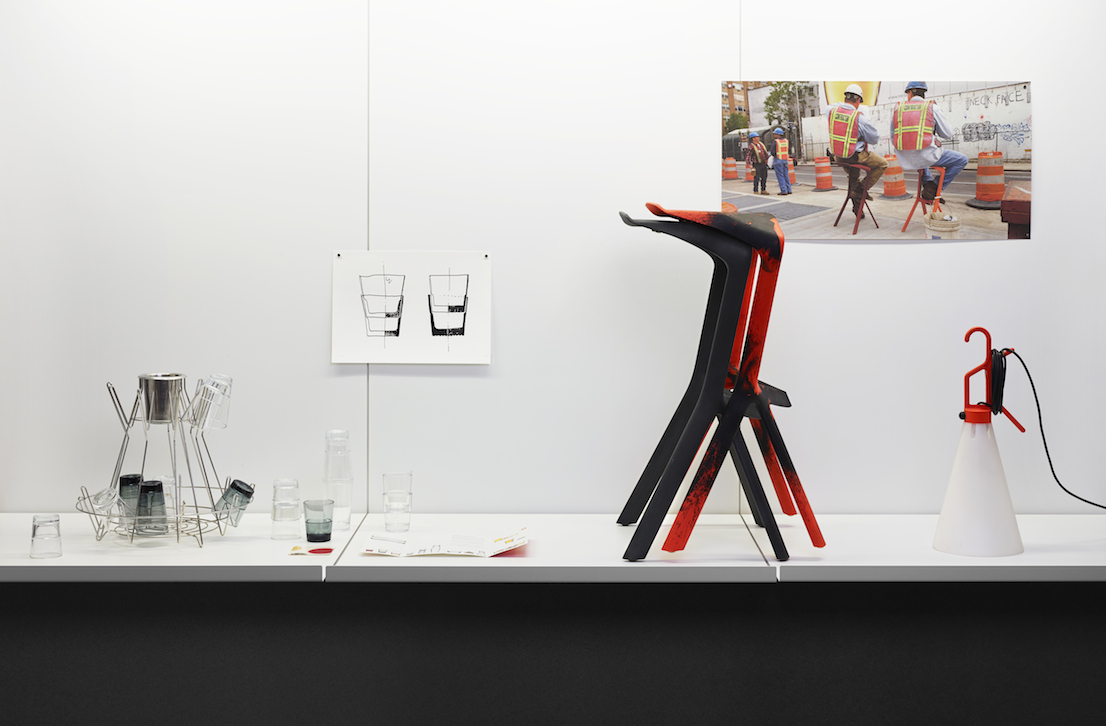
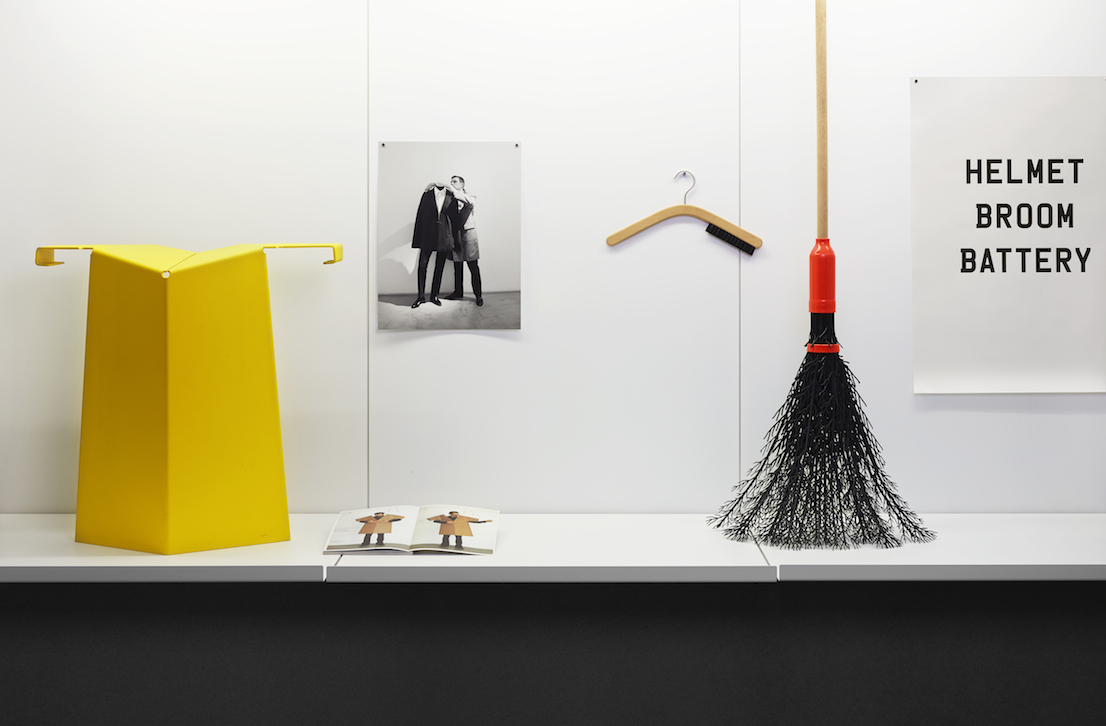
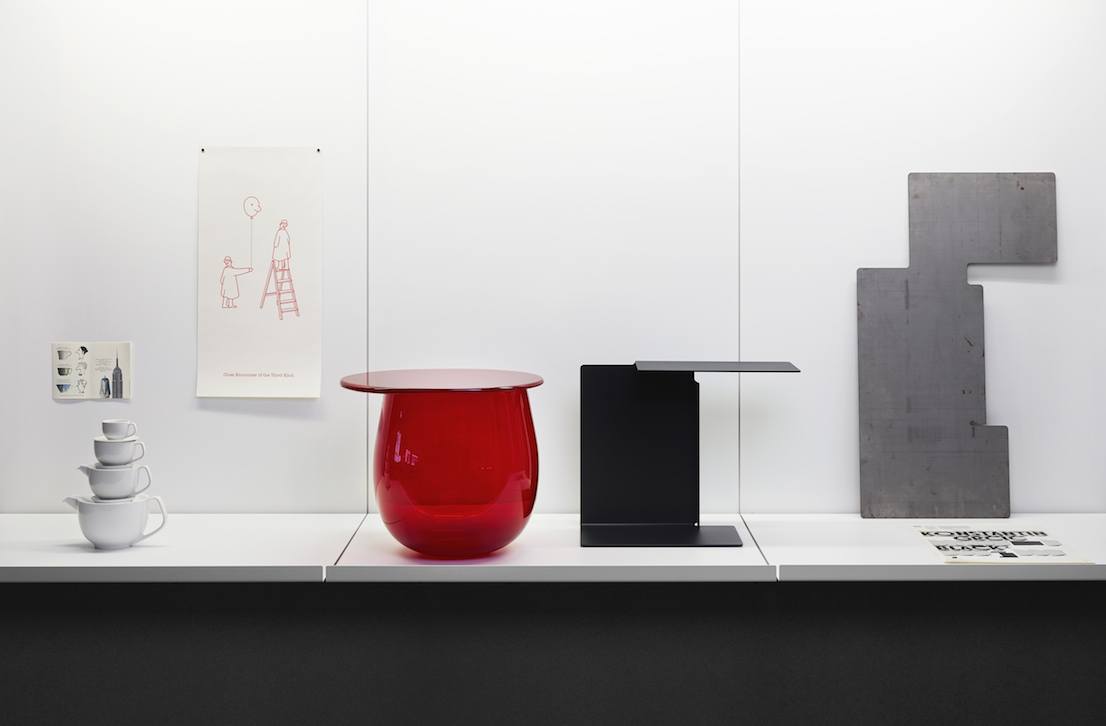
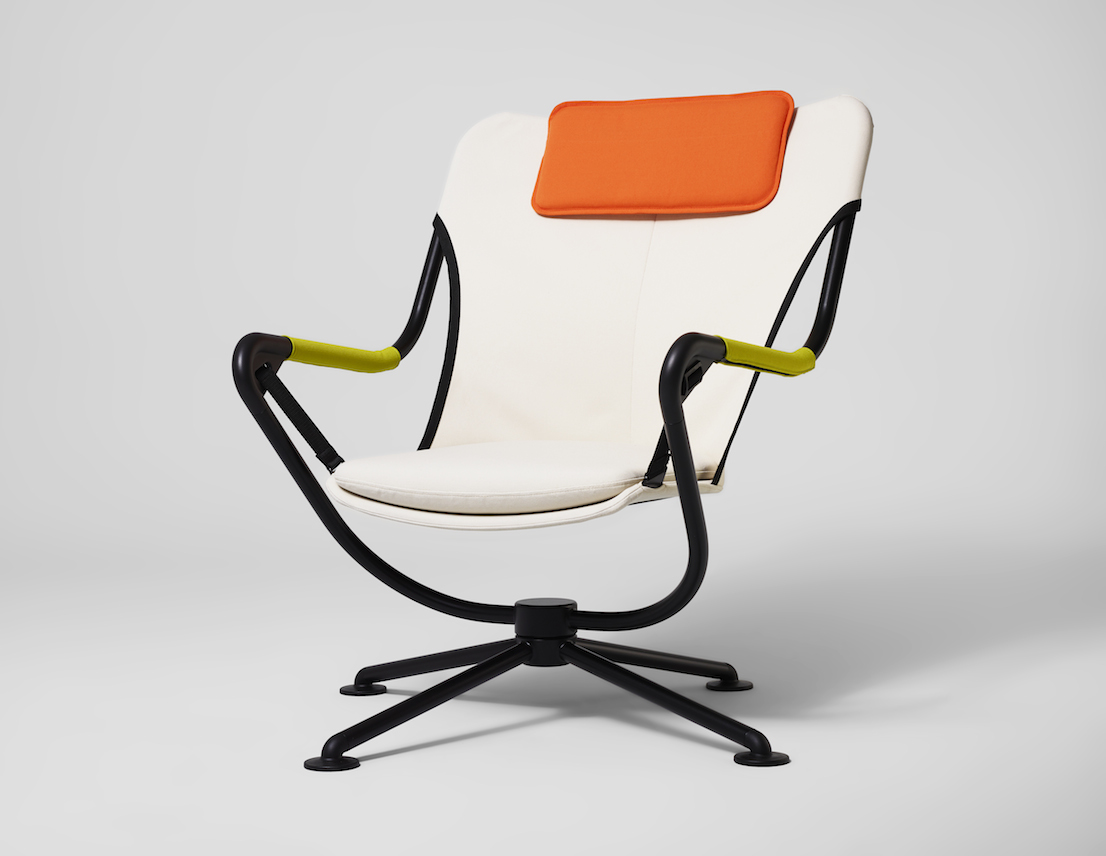
Waver, design by Konstantin Grcic, for Vitra, 2011.
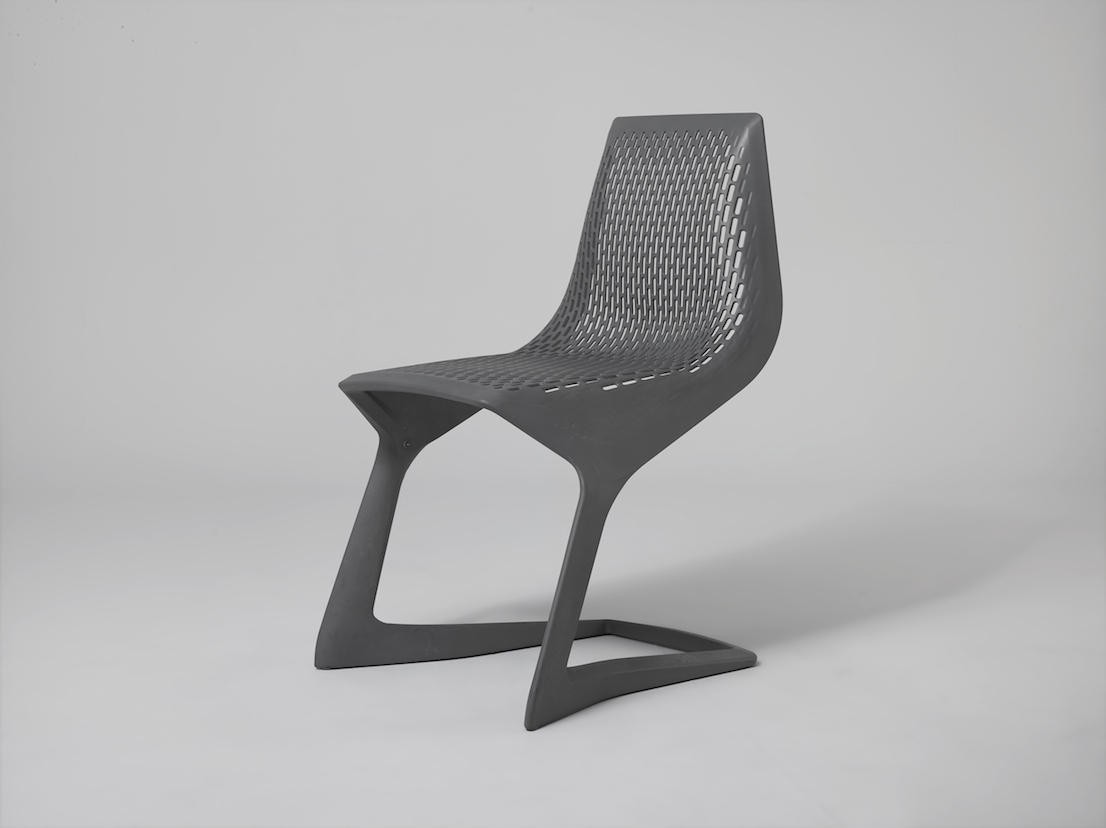
Myto, design by Konstantin Grcic, for Plank Collezioni, 2007-2008.
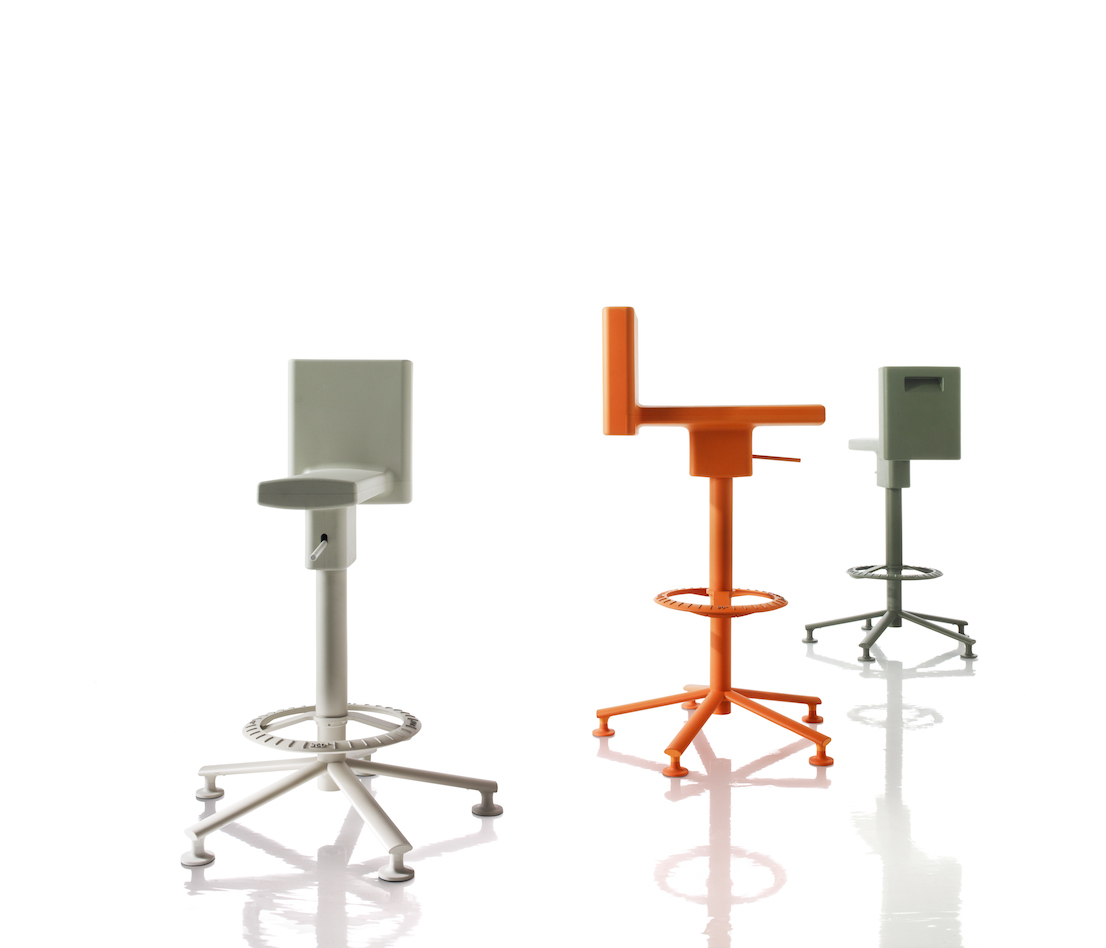
360°, design by Konstantin Grcic for Magis, 2009.
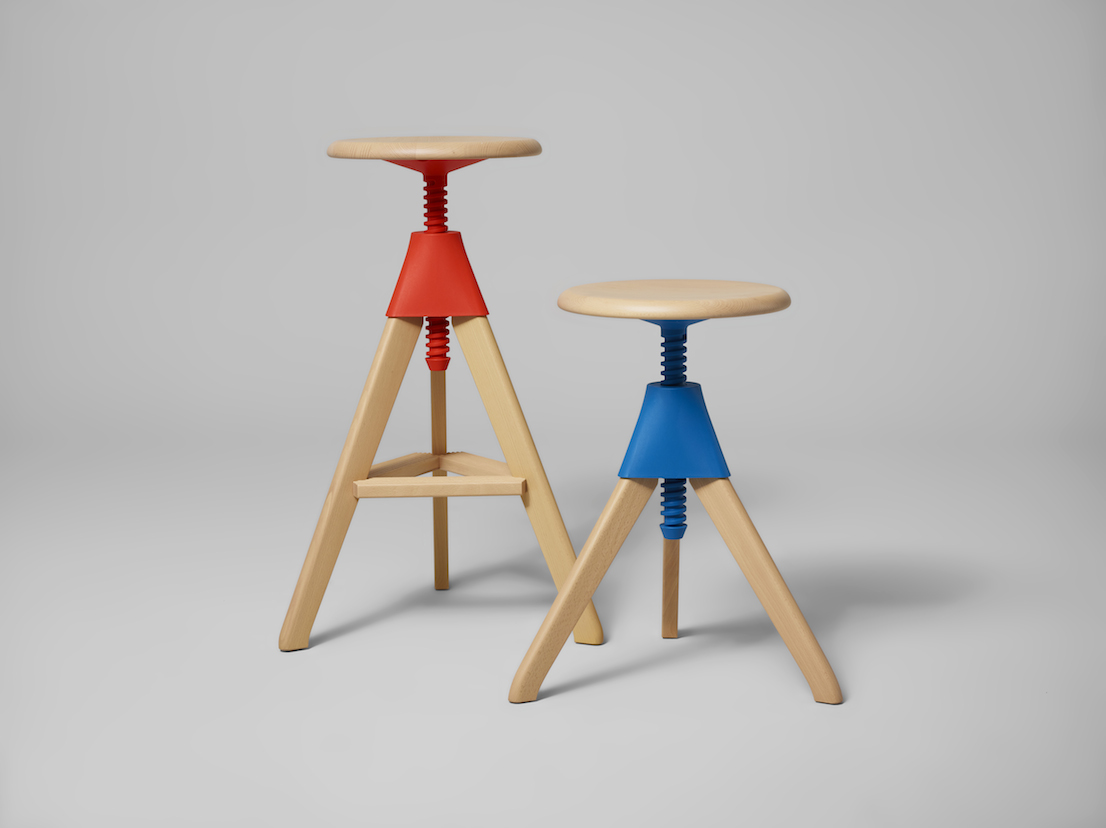
Tom & Jerry, design by Konstantin Grcic, for Magis, 2011.
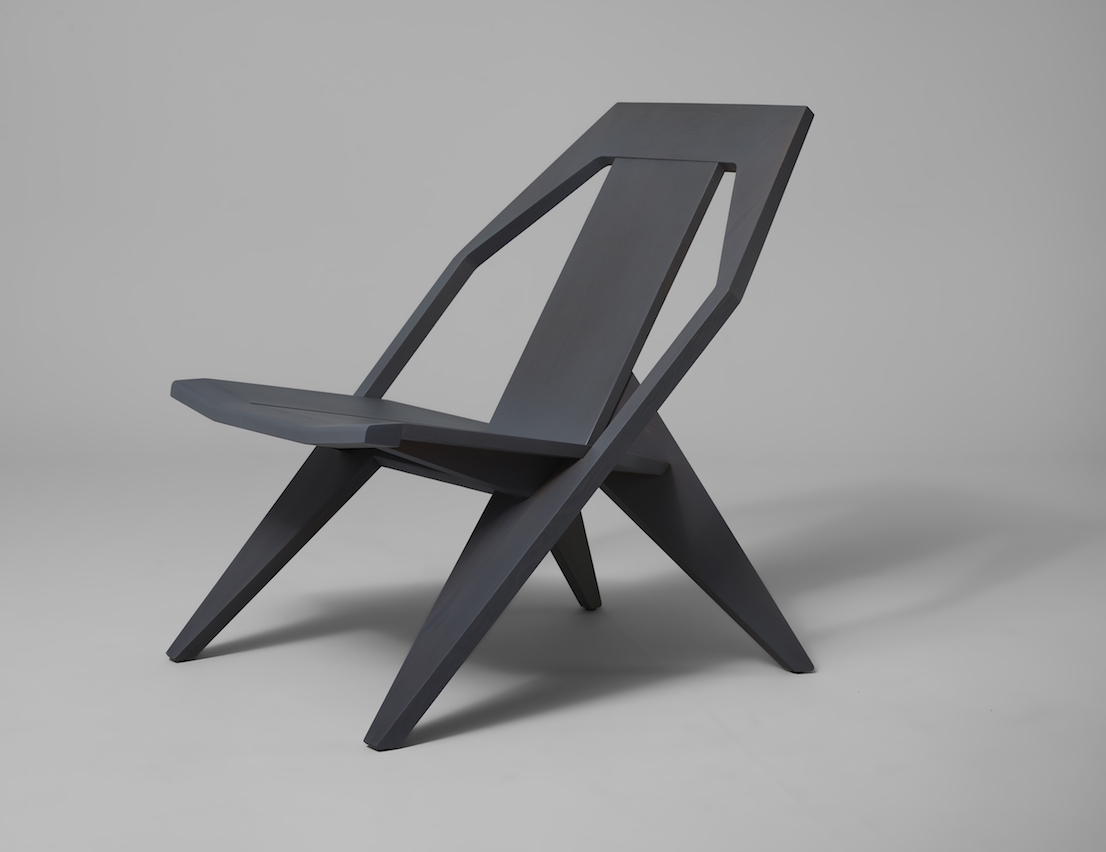
Medici, design by Konstantin Grcic for Mattiazzi, 2013.
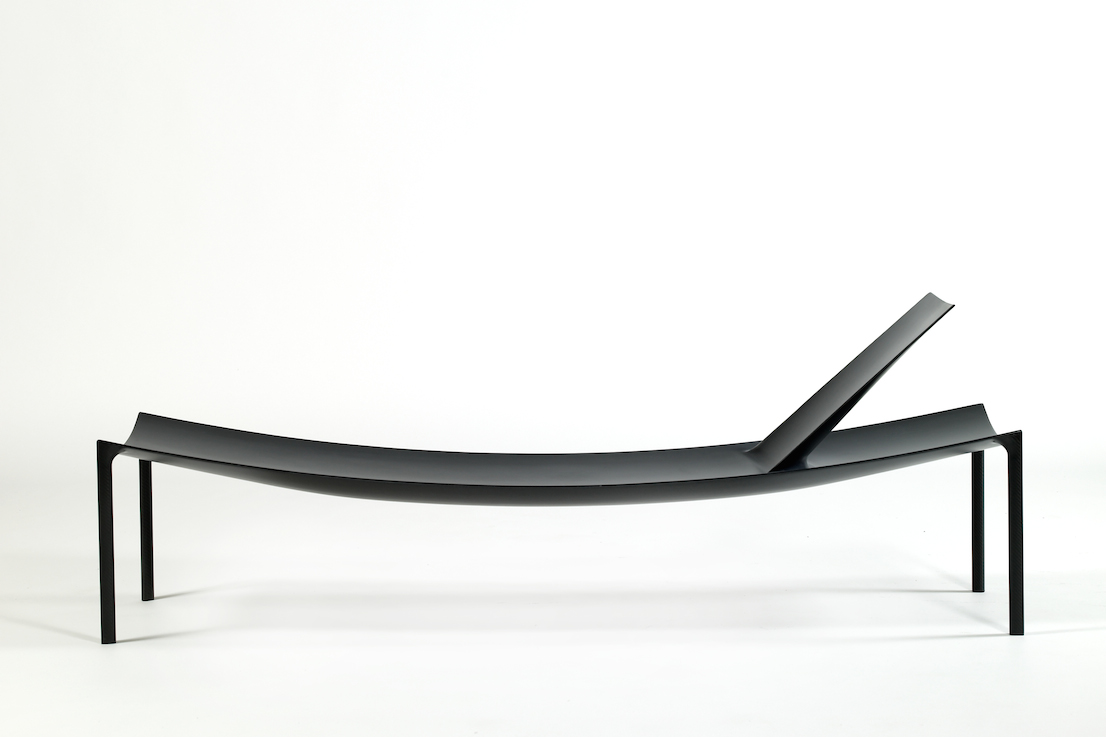
Karbon, design by Konstantin Grcic for Galerie Kreo, 2008.

Bench, design by Konstantin Grcic for BD Barcelona Design, 2013.
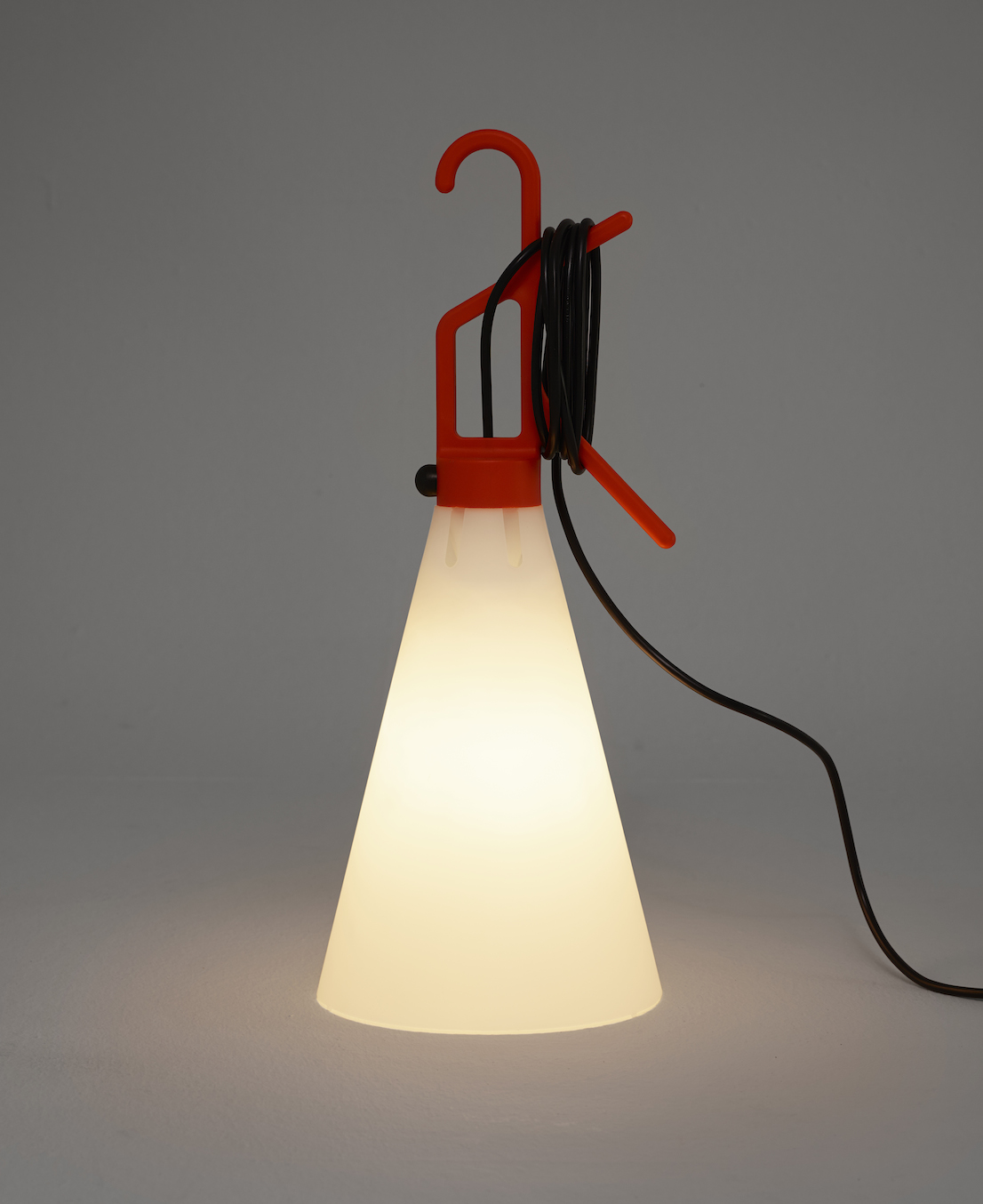
Mayday, design by Konstantin Grcic for Flos, 1999.

Miura, design by Konstantin Grcic for Plank Collection, 2005.

Galata, design by Konstantin Grcic for Marsotto edizioni, 2010.
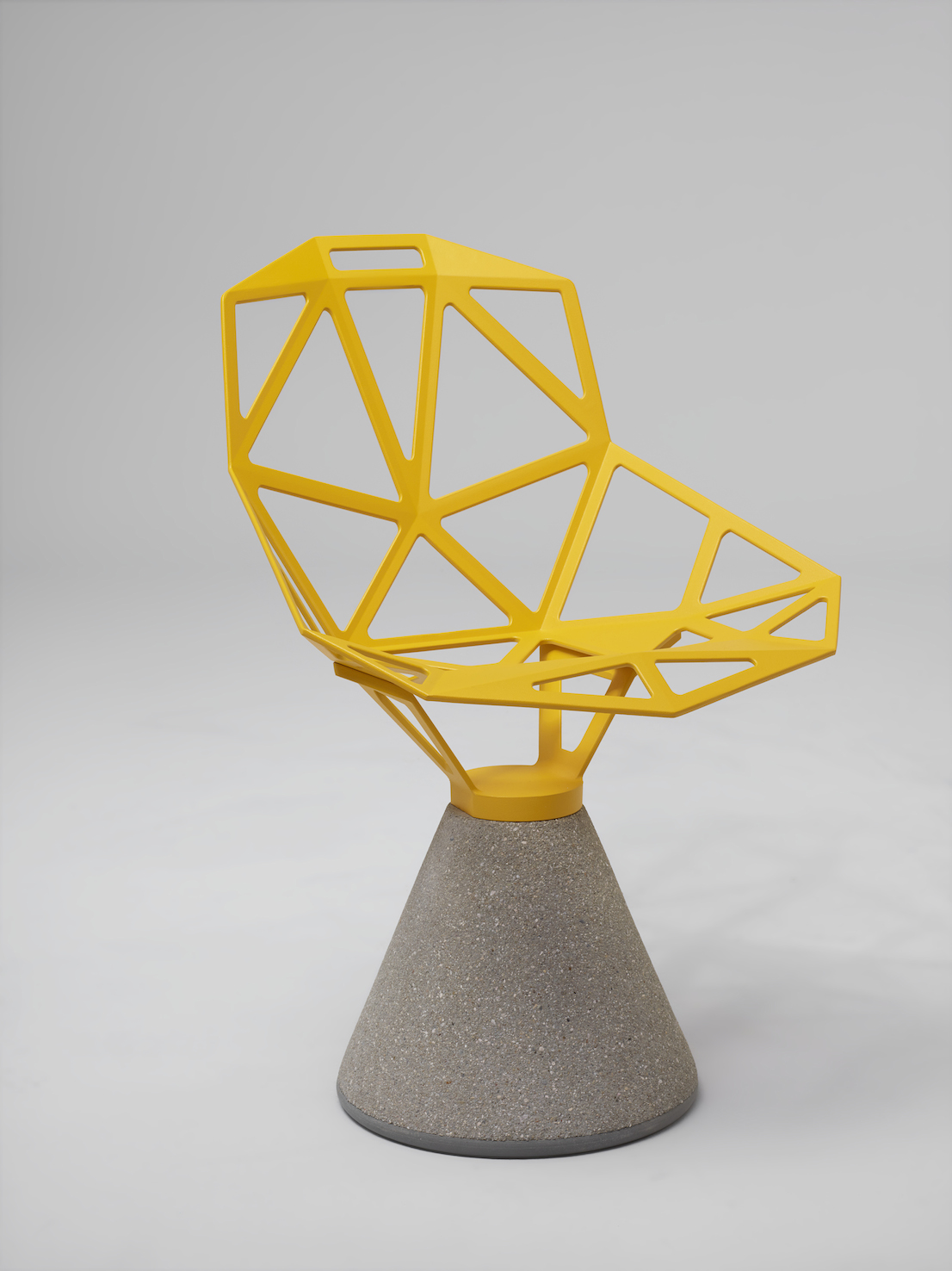
Chair One, design by Konstantin Grcic for Magis, 2004.